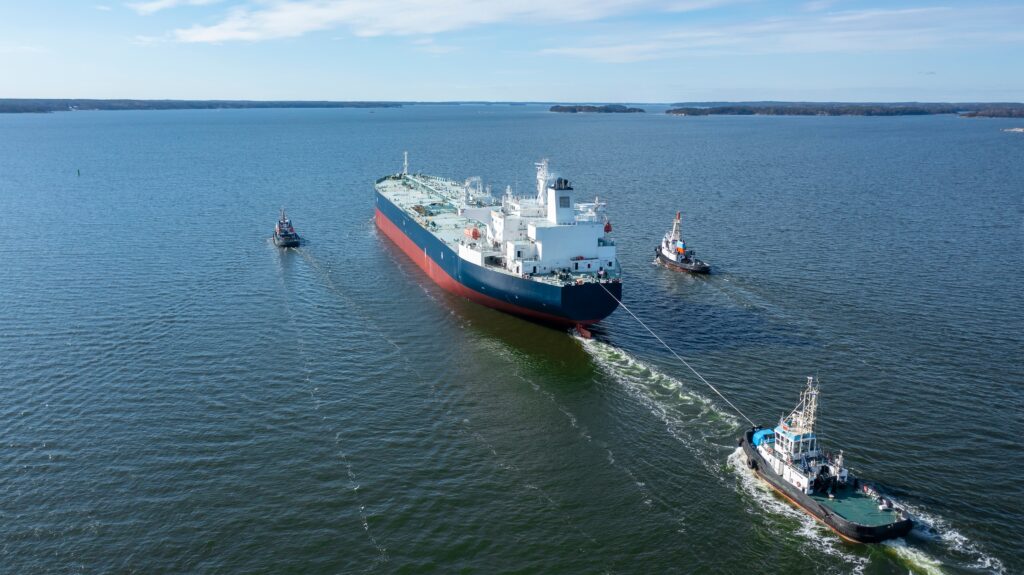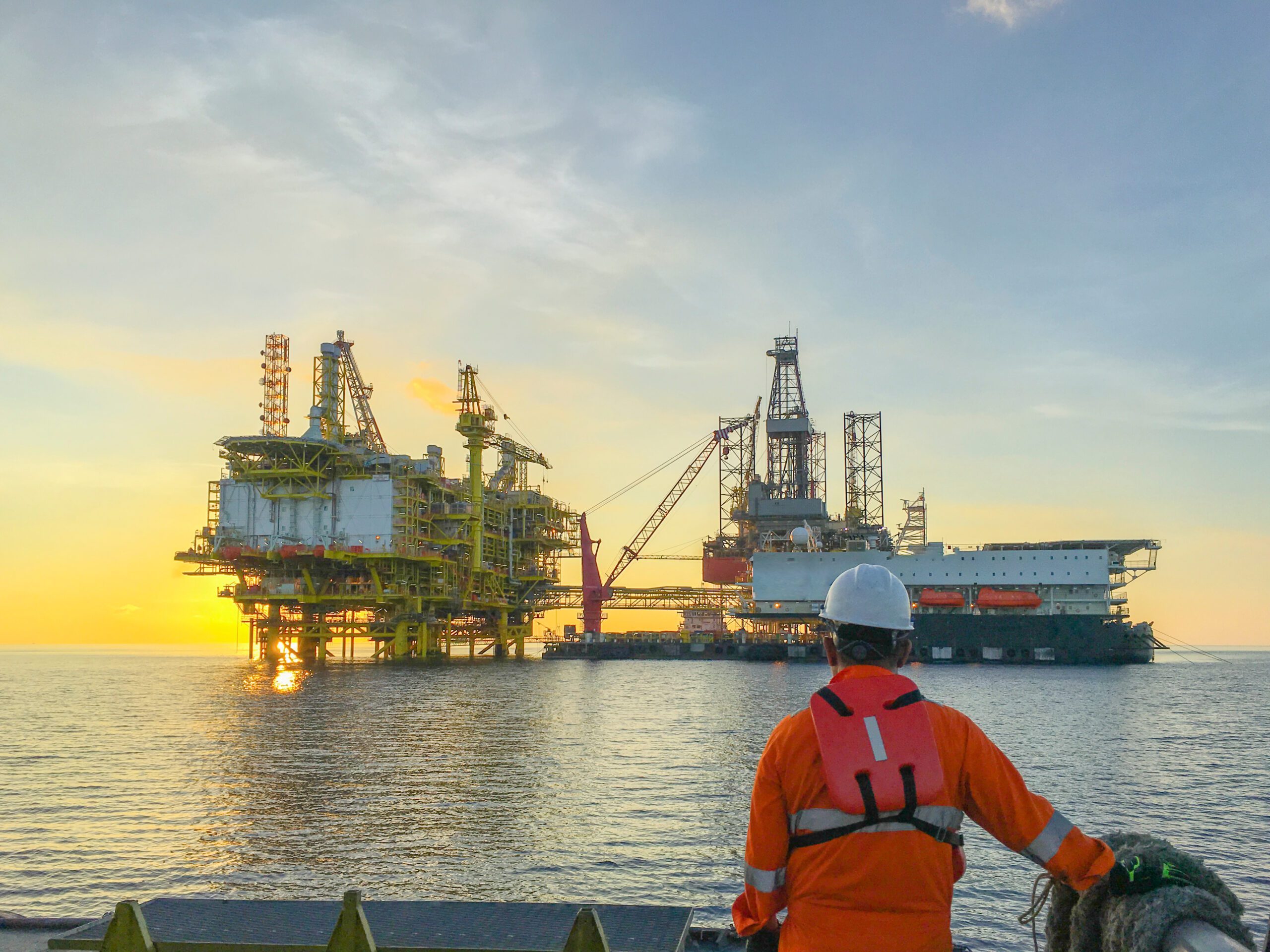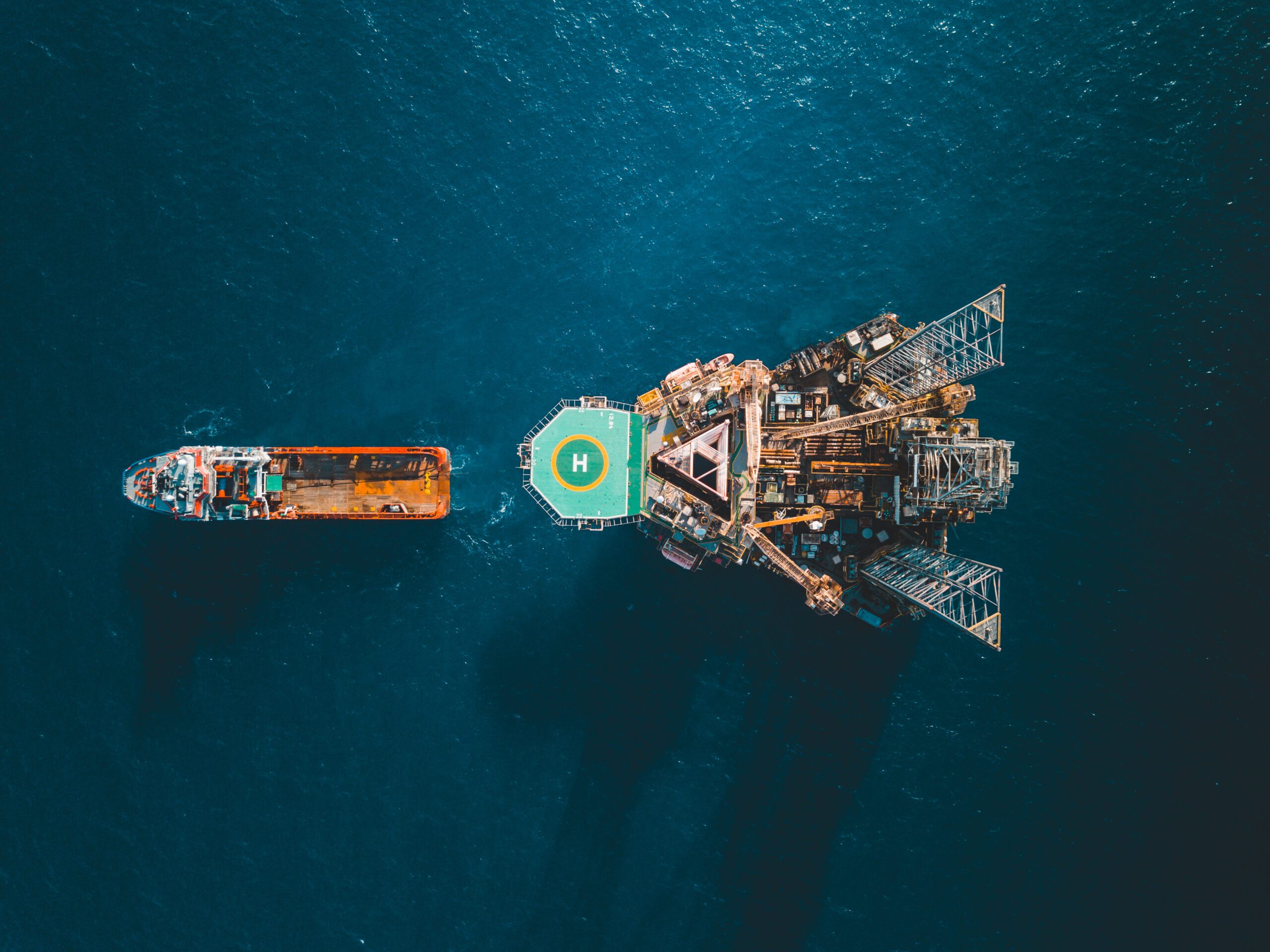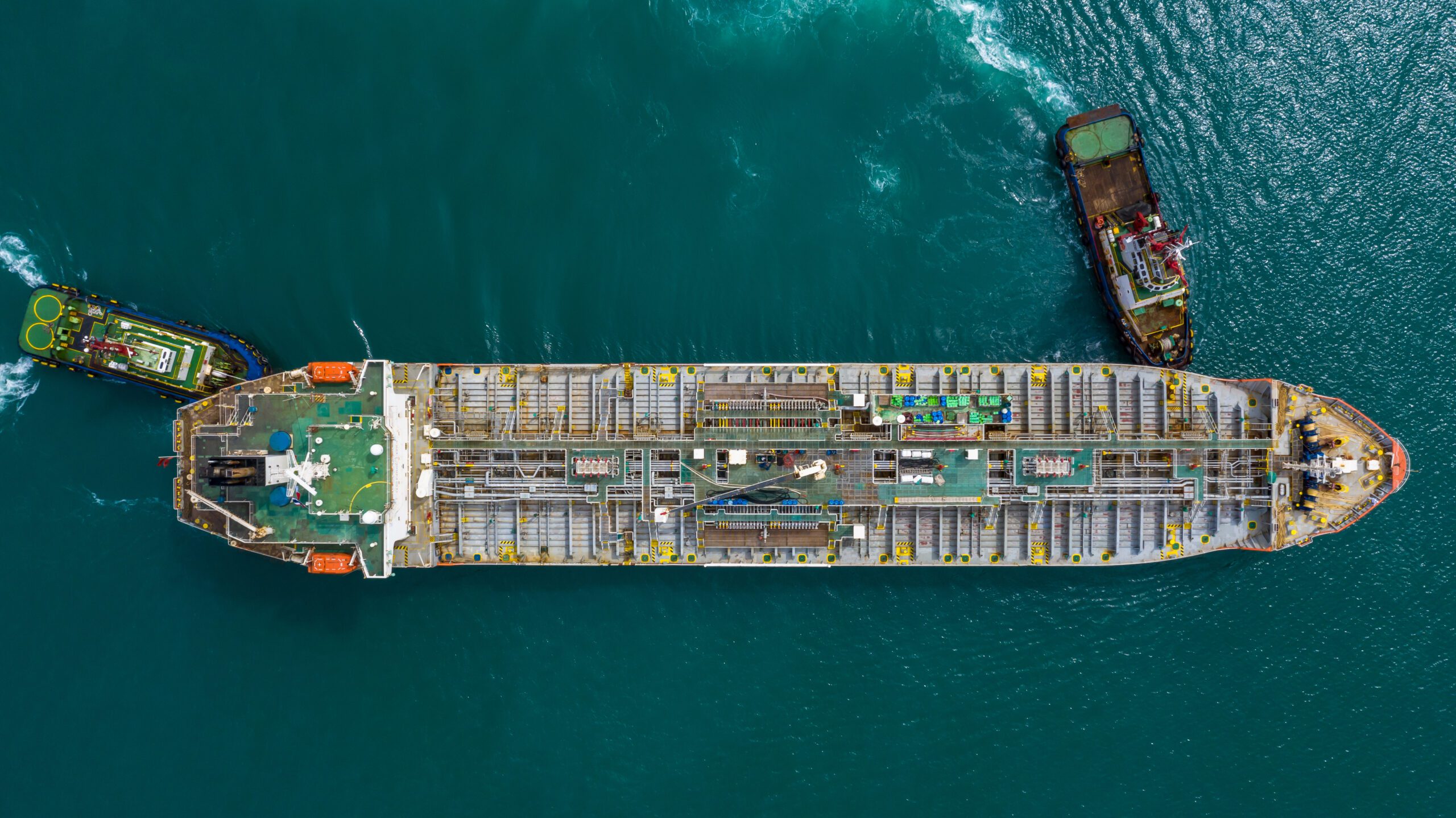Did you know shipping accounts for nearly 3% of global emissions? As global emissions targets tighten and sustainability takes center stage, the maritime industry faces increasing pressure to decarbonize. For centuries, ships have relied on fossil fuels, but a new era is dawning.
Among these, hydrogen stands out as one of the most promising solutions. Often called the “fuel of the future”, hydrogen offers the potential for zero-emissions operation, especially when produced from renewable energy sources like wind or solar. For the marine industry, hydrogen could represent a turning point in how we think about propulsion and power at sea.
In this post, we’ll break down the world of hydrogen-powered ships in simple terms. From why the maritime industry needs cleaner fuels, to how hydrogen is stored and used, to real-world projects such as hydrogen carriers and offshore pilots, you’ll gain clear insights into this exciting innovation. We’ll also explore how key technologies like onboard hydrogen generation and reliable calibration systems help make this future possible.
Why does the Maritime Industry Need Cleaner Fuel?
The maritime industry, a vital artery of global trade, has a significant environmental footprint. Traditional ships running on heavy fuel oil (HF) and marine diesel release vast amounts of CO2, sulfur oxides (SOx) , and nitrogen oxides (NOx). These emissions harm air quality, contribute to climate change, and increase health risks for coastal communities.
As the maritime industry continues to grow, so does its environmental footprint. Left unchecked, emissions from vessels could increase by up to 50% by 2050. That’s why international policy is tightening. The International Maritime Organization (IMO) has set an ardent target to reduce total shipping emissions by at least 50% by 2050 compared to 2008 levels. However, the European Union’s Emissions Trading System (ETS) is beginning to price carbon from marine operations, further pushing companies towards sustainable fuels.
The dependence of HFO and diesel has long been linked to cost efficiency, but these fuels are no longer feasible in a world demanding green innovation. Unsullied substitutes are urgently needed. Hydrogen, with its potential to deliver zero-emission voyages, is rapidly becoming a leading content. By addressing the emissions problem head-on, hydrogen could redefine how large vessels are powered, making global trade cleaner, safer and more sustainable.
What are Hydrogen-Powered Ships and how do they work?
At its core, a hydrogen-powered ship is a vessel that uses hydrogen as its main fuel for propulsion and onboard power. Instead of burning heavy oil or diesel, these ships rely on hydrogen to generate energy with little to no emissions.
There are two main types of hydrogen:
- Fuel cell-powered ships – Hydrogen reacts with oxygen in a cell to produce electricity, heat and water. The electricity is then used to drive electric motors for the propulsion. This process is silent, efficient and produces no greenhouse gases when using hydrogen from renewable sources.
- Hydrogen combustion engines – Hydrogen is burned directly in modified internal combustion engines. While this route still offers reduced emissions compared to fossil fuels, it is generally less efficient than fuel cells.
Pioneering large-scale examples include Japan’s Suiso Frontier, the world’s first liquefied hydrogen carrier, and the Energy Observer, a demonstration vessel combining wind, solar and hydrogen systems. These projects show that hydrogen can already be used in substantial maritime operations, setting the stage for integration into container ships and offshore fleets.
With these breakthroughs, the maritime industry is proving that hydrogen systems aren’t just experimental, they represent a viable alternative for the future global fleet.
How Hydrogen is Used on Ships
Hydrogen is used on ships to generate power for propulsion and to meet onboard energy needs. It serves as a zero-emission fuel for fuel cells , which convert the chemical energy for hydrogen directly into electricity. This technology is a clean alternative to traditional fossil fuels , with the only byproduct being water vapor. In addition , hydrogen can be used in modified international combustion engines for propulsion , although fuel cells are a more efficient solution for long-term zero-emissions goals.
THe maritime industry relies on various technologies to handle hydrogen safely and efficiently. These include systems for production , storage , and safety , as detailed below.
Hydrogen Production
Hydrogen comes in different “colors”. Grey hydrogen is made from natural gas and emits CO2. Blue hydrogen also comes from fossil fuels but uses carbon capture to lower emissions. Green hydrogen, the cleanest form, is produced using renewable energy like wind or solar to split water into hydrogen and oxygen. For zero-emission shipping, green hydrogen is the ultimate goal.
One example of clean onboard generation is the Panasia Panagen hydrogen generation system, which provides a compact, efficient way to produce hydrogen directly on large ships or offshore facilities. Systems like this reduce reliance on port-side supply chains and help enable more flexible hydrogen operations.
Storage Onboard
Onboard ships, hydrogen can be stored either as compressed gas or as liquid hydrogen cooled to -253 degree celsius. Liquid hydrogen offers higher energy density but requires complex cryogenic infrastructure. Compressed gas is easier to handle but takes up more space, which is challenging for long-haul vessels.
Fuel Cells VS Combustion
Currently, fuel cell systems are being tested for large vessels as technology scales, while hydrogen combustion engines offer a nearer-term alternative for retrofitting. In the long run, fuel cells are expected to dominate as costs fall and efficiencies improve.
Safety Systems
Hydrogen is highly flammable, so safety is critical. Modern ships incorporate leak detection, ventilation systems, and calibrated sensors to reduce risk. Here, tools like hydrogen calibration gas play a vital role, ensuring sensors are precisely adjusted so crews can detect leaks early and respond quickly.
Alongside hydrogen, ships must also manage other hazardous gases such as H2S gas (hydrogen sulfide), especially in offshore and energy-related operations. Proper monitoring and calibration help protect crews and ensure compliance with international safety policy.
The Benefits of Hydrogen as Marine Fuel
Hydrogen offers several key benefits for the maritime industry :
- Zero emissions: When green hydrogen is used, only water vapor is released. This eliminates CO2, SOX, and NOx, helping shipping comply with strict policy goals.
- Silent operation: Especially with fuel cell propulsion, ships run quietly, which benefits the environment and reduces underwater noise for marine life.
- Regulatory compliance: Hydrogen fuel aligns with IMO and EU sustainability requirements, reducing penalties and enabling access to business opportunities.
- Versatility: Ideal for ferries, offshore supply vessels, and eventually larger cargo ships as technology scales up.
In a world aiming for sustainable energy , hydrogen provides a clear support pathway towards decarbonizing shipping.
Challenges of Hydrogen-Powered Ships
- Production and cost: Most hydrogen today is grey or blue. Producing sufficient green hydrogen requires vast renewable energy and remains expensive.
- Storage and bunkering: Liquid hydrogen needs specialized infrastructure at ports, while compressed storage reduces cargo capacity on ships. Developing supply chains for fuels is a massive project.
- Safety: Hydrogen’s flammability means strict systems for ventilation, leak detection and risk management are required. Though well-studied, safety remains a public concern.
- Regulatory gaps: The IMO’s IGF Code governs alternative fuels but does not yet fully cover hydrogen. Clearer global policy is needed to enable widespread adoption.
The industry is aware of these barriers and continues to invest in innovation, research and infrastructure to make hydrogen more viable.
Real-world Examples & Projects
The vision of hydrogen-powered ships is rapidly becoming a reality, with several pioneering projects demonstrating the technology’s viability and potential.
- Energy Observer (France): A futuristic research lab powered by wind, solar, and hydrogen, showing flexibility of combining multiple fuels. It circumnavigates the world, demonstrating the potential of hydrogen production onboard from seawater and its use in fuel cells for propulsion.
- Susio Frontier (Japan): The world’s first liquefied hydrogen carrier, representing a significant step in establishing a global hydrogen supply chain. As the first liquefied hydrogen carrier, it demonstrates the feasibility of transporting large quantities of liquid hydrogen across oceans, a crucial element for the future of hydrogen as a global fuel.
- MF Hydra (Norway): The MF Hydra is a groundbreaking vessel, the world’s first hydrogen-electric ferry. Operating in Norway, it showcases the practical application of fuel cell technology for short-sea shipping significantly reducing emissions in sensitive coastal areas.
- Large-scale container ship pilots: Several projects in Europe and Asia are now exploring hydrogen propulsion for ocean-going vessels, including retrofitting existing ships with hydrogen systems.
These initiatives highlight global innovation and how different groups – from shipping majors to technology suppliers – are testing hydrogen in real-world conditions. With more projects in development, from offshore support vessels to container ships, the momentum is clear: hydrogen is becoming central to the shipping industry’s clean energy-transition.
What’s Next for Hydrogen in Shipping?
The future of marine fuels will likely be a mix. Alongside hydrogen, ammonia , methanol and biofuels will play important roles. But hydrogen stands out as a cornerstone of the world’s decarbonization strategy. Advances in technology, such as onboard hydrogen generation, next-generation fuel cells, and improved cryogenic storage will continue to push hydrogen forward. Regulatory bodies like the IMO and class societies are already working on updated policy and safety systems to address hydrogen’s unique risks. For suppliers, technicians, and calibration specialists, this evolution represents an opportunity. Ensuring systems work safely and reliably on hydrogen ships will require expertise, training, and knowledge. Companies that position themselves early to support these projects will be essential to the growth of a sustainable global fleet. As more business groups invest in hydrogen infrastructure and fuels, the path towards zero-emission shipping becomes clearer. The coming decade will decide how quickly hydrogen can scale across ferries, offshore vessels, and even ocean-going cargo ships.
How Can Mr. Marine Support You?
We understand the importance of safety on board hydrogen vessels. Our expert team in over 350 global ports is ready to support you with the calibration of gas detectors and the supply of calibration gases. Contact our team today to ensure your vessels’ safety and compliance!







